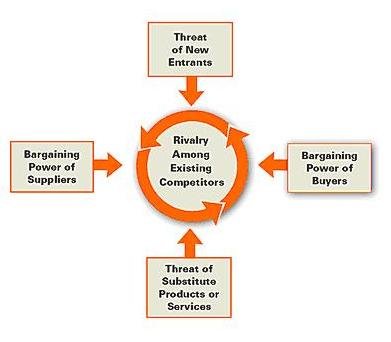Making flying profitable: yes, network planning can help
Network planning is an integral part of every airline’s revenue generation capabilities. Considering today’s challenging business environment, one way of knowing whether an airline’s network planning and scheduling is paying off is to see how much revenue is improving.
There are several aspects of scheduling that can reduce operating costs and lift overall profitability. Be it for fleet optimisation or assessing potential profitability of different forecasted routes, planning and scheduling can have a significant impact on meeting demand, while also making the most of connections or maximising revenues. In addition, the team must work in conjunction with several departments, including revenue management, to ensure there is same level of understanding of the target customers in a given market.
EyeforTravel’s Ritesh Gupta talks to Pieter Groeneveld, VP - network planning at KLM about the significance of network planning today in the aviation industry.
EFT: Can you explain what your role entails?
PG: I am the head of the commercial network planning department of KLM steering a team of 15 professionals. We are responsible for the network design for the Amsterdam network from KLM and work in close co-operation with the VP network planning of Paris-Charles de Gaulle and her team. We try to optimise our global network to the relevant demand for air travel, making optimal use of key resources (fleet, slots and crew) based on our hub-and-spoke network system at Schiphol. For example, opening and closing destinations, adjusting aircraft type on existing destinations and fine-tuning schedules to maximise connectivity and/or efficiency.
EFT: What is the most exciting part of your job?
PG: Network planning is largely an optimisation game with a huge number of commercial and operational parameters to consider. Most interesting is the intensive preparation with the team and all the internal and external stakeholders that are involved in opening up new destinations and connecting them to the world. It makes you realise the impact you might have on local communities. Meeting all these expectations is very exciting.
EFT: How do you assess the significance of an airline’s network strategy today?
PG: As the airline industry environment has become more dynamic and turbulent, over the years, with increasing uncertainty on demand drivers and huge impact of unpredictable external events, the network strategy is even more important in the value chain of airlines. A good network design is essential for an airline’s revenue generating capabilities. Of course, ideally this should be a combination of good ground and on-board product, sales and distribution as well as pricing and inventory management. The focus should not only be on the basic network strategy and design for the middle and long term, but also the ability to adjust your network in the relative short-term to changing demand. Besides competitive cost levels, agility will be one of the key competencies of a sustainable airline model.
EFT: So then how challenging is the process of optimising your network strategy?
PG: Against the backdrop of a more challenging industry context, including a more competitive playing field based on Porters ‘Five Forces’ (see the image below), but also considering aspects such as consolidation, network partners, JV’s and alliance dynamics, you can imagine that to determine network strategy is a fascinating and challenging exercise.

Source: HBR.org
EFT: What factors do you take into consideration while finalising and fine-tuning routes?
PG: It is most important to have the best assessment of the relevant market flows (by that I mean origin and destination) and the most realistic expectations of the fair market share you expect to lock in via your operations. Also, one needs to consider leisure versus business-oriented traffic and of course the outlook on local (3rd/ 4th freedom) and connecting traffic.
The relative strength of your own operation versus competition is also a very important variable. For example, in secondary markets you face less competition than in primary gateways. But for secondary markets you need to have a higher market share to fill your capacity. On primary gateways you should offer a minimum of daily frequencies to be competitive and offer both a local product as a connecting product. Besides frequencies, the size of the aircraft also remains an important asset to optimise your routes.
EFT: There are many factors to consider when stimulating demand for travel. In your view what are the most important?
PG: It is important to consider following:
• There is a difference between the European market and the inter-continental market. For the European market, point-to-point travel, especially for the business market on a primary gateway, it is very important to offer a good so called ‘tagesrand’ product. This means an early departure out of the origin (and destination) and late afternoon departure from the destination to the origin in order to arrive in the evening in the destination to benefit of a full day abroad.
• For 6th freedom transfer, it is essential to connect the in-and outbound flights on the most important out-& inbound inter-continental banks.
• For inter-continental routes, a daily service is in general already a good product to stimulate demand for travel. Again always keeping a balance between the market size and a competitive playing field.
• For leisure traffic, weekend days are more important than mid-weekdays. For business traffic this is commonly speaking the opposite.
EFT: How do you ensure synergy between route development and revenue management?
PG: It is crucial to have a good process in place which facilitates a continuous open dialogue on both historic route performance and forward expectations based of forward bookings dynamics, general demand outlook and competitive developments. When it comes to operational issues it is really important to be precise, but also have the ability to improvise, be that for adjusting network capacity or for pricing and inventory. If this is achieved one can expect positive results but it not straightforward task.

